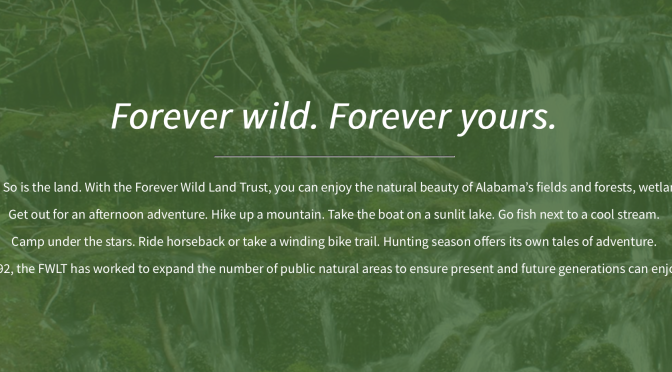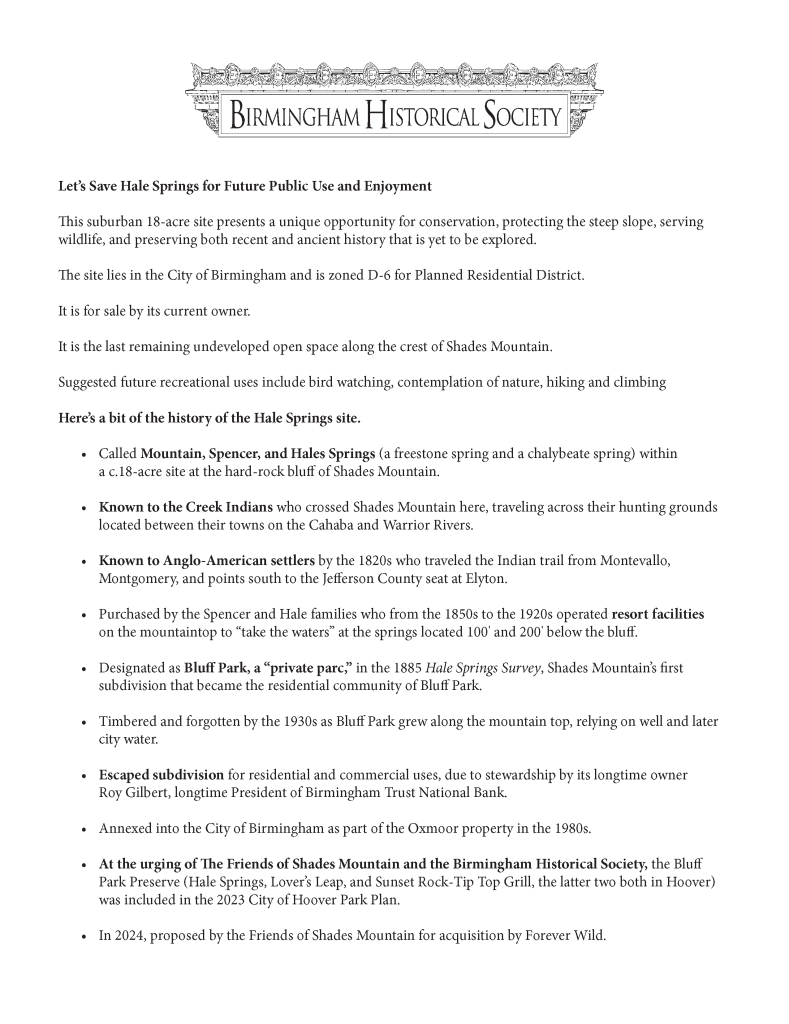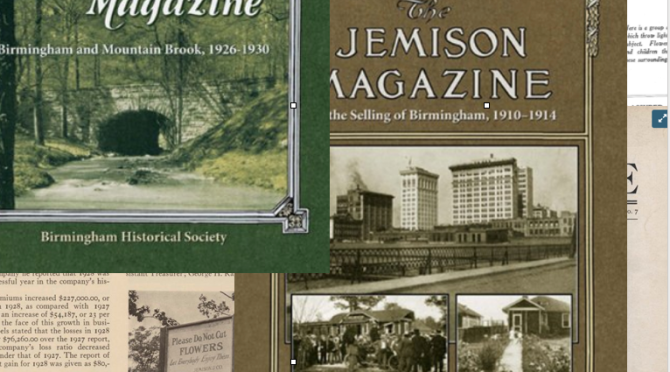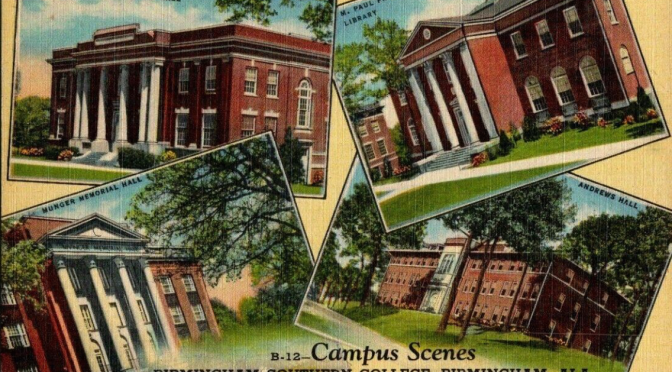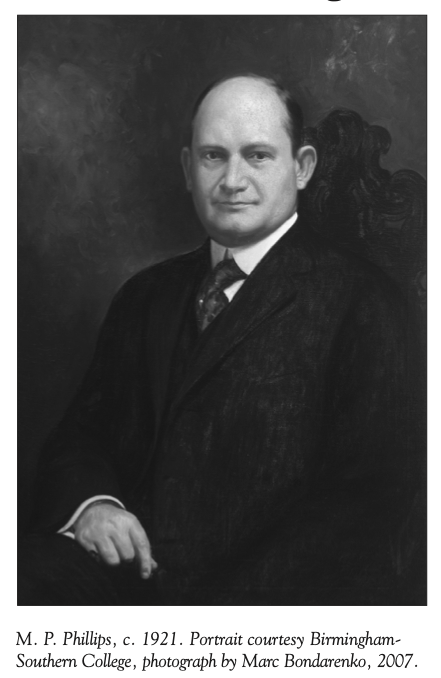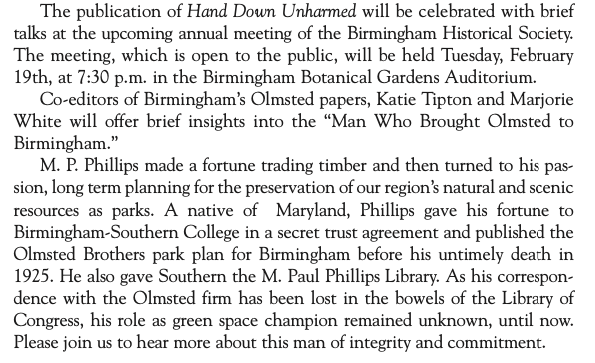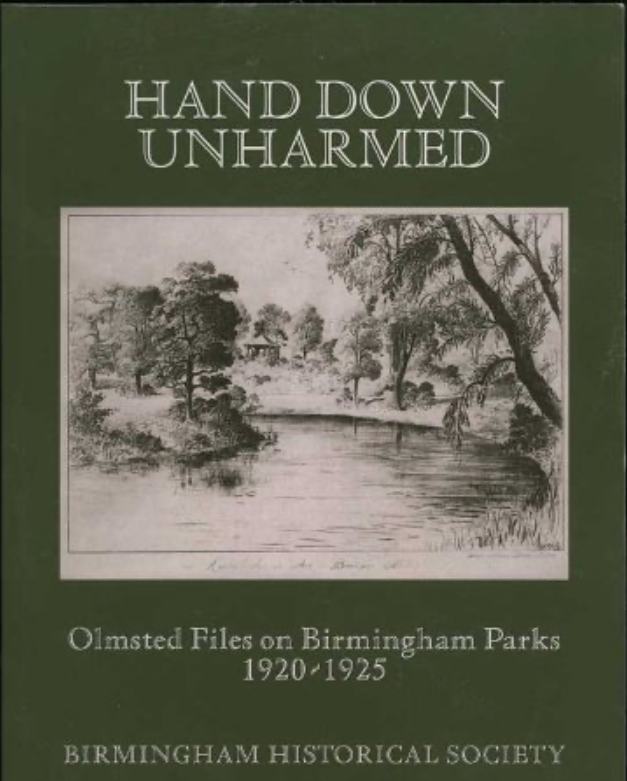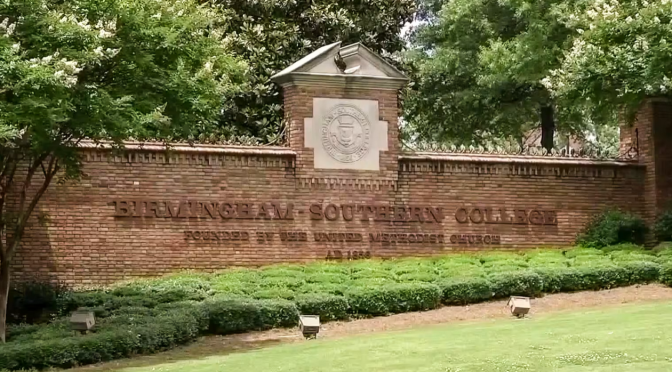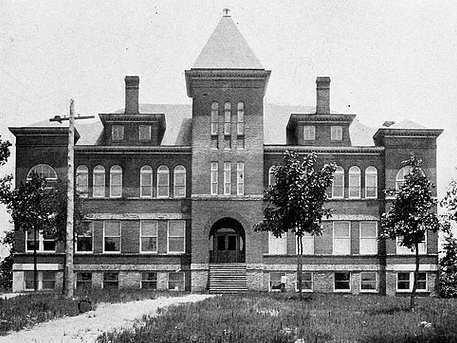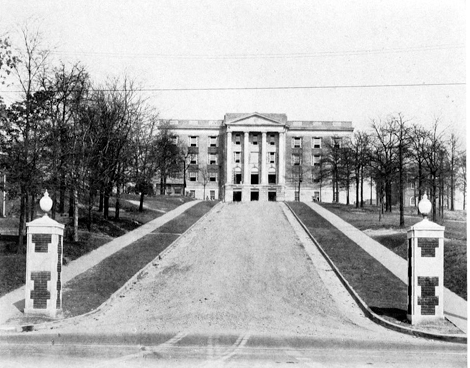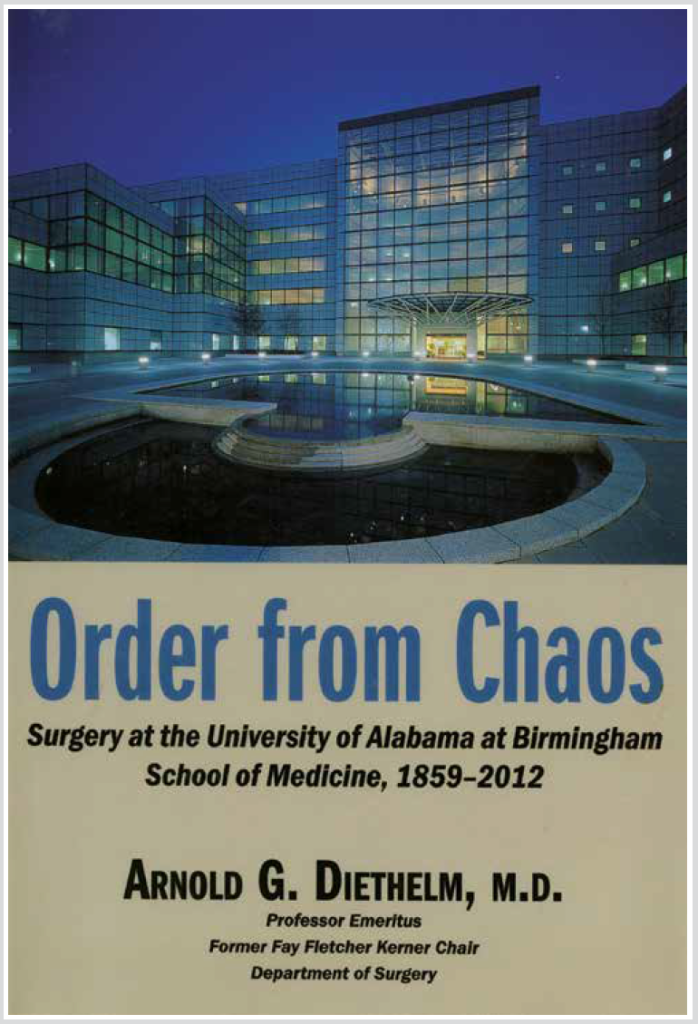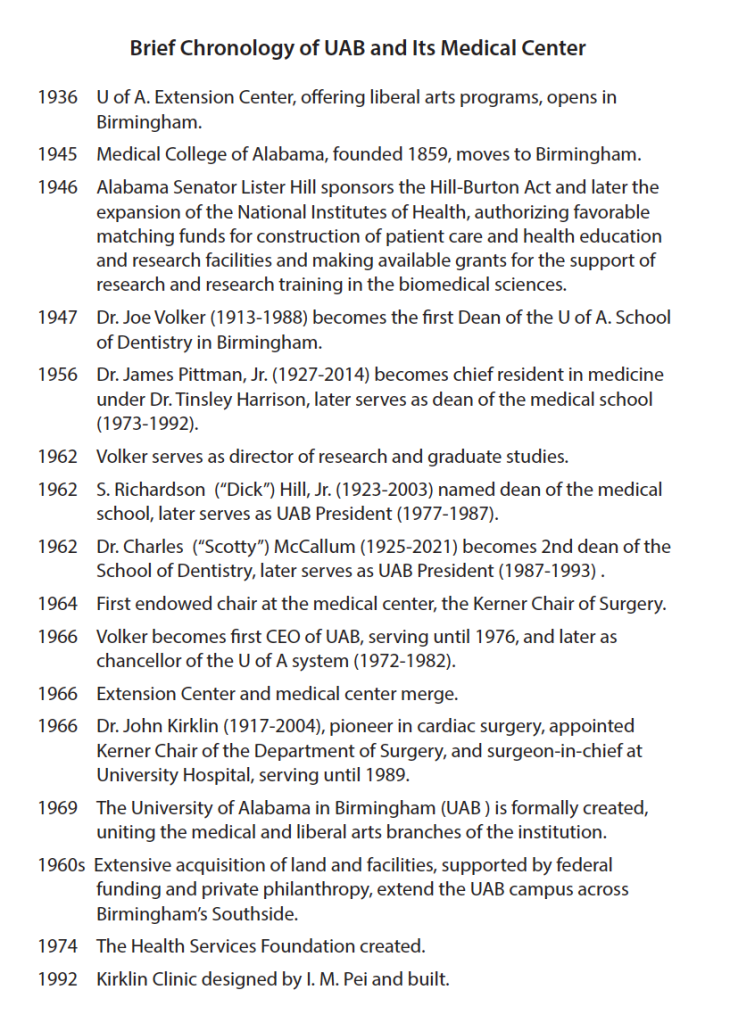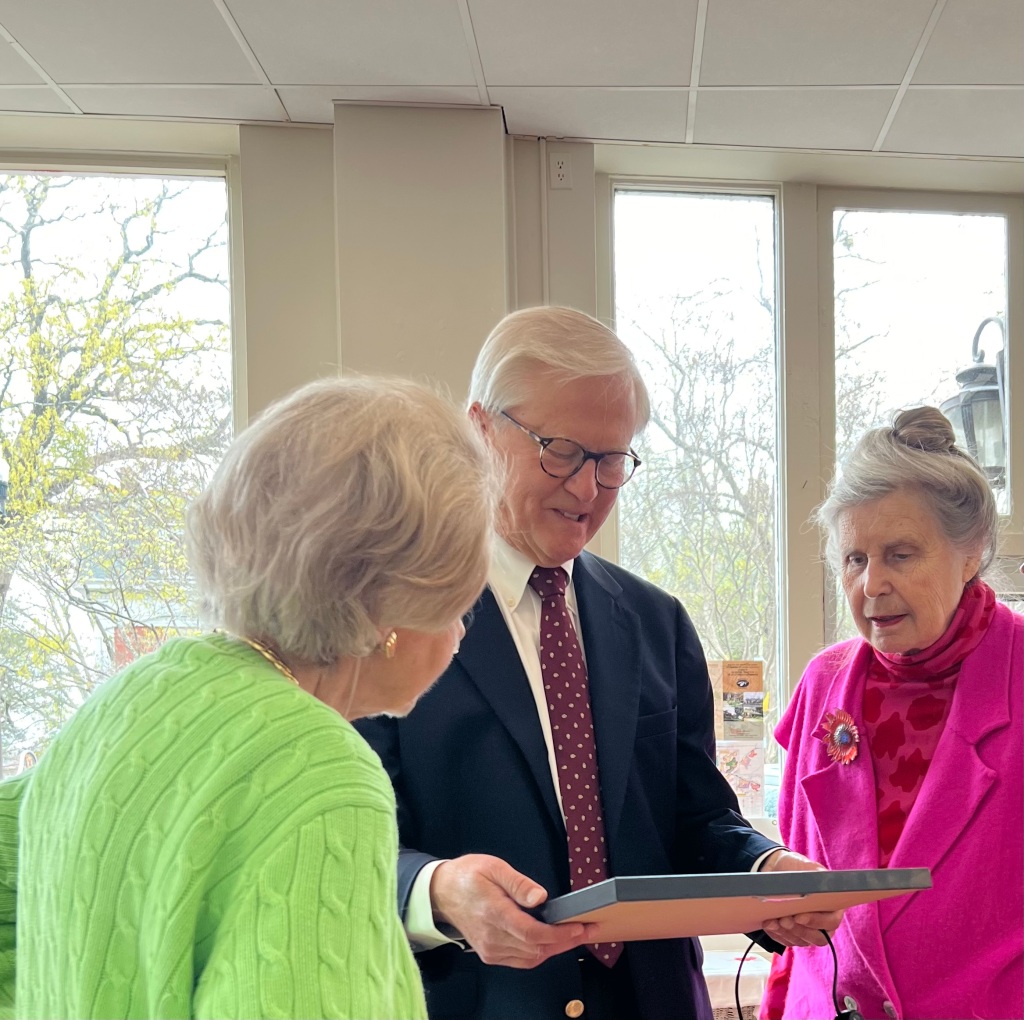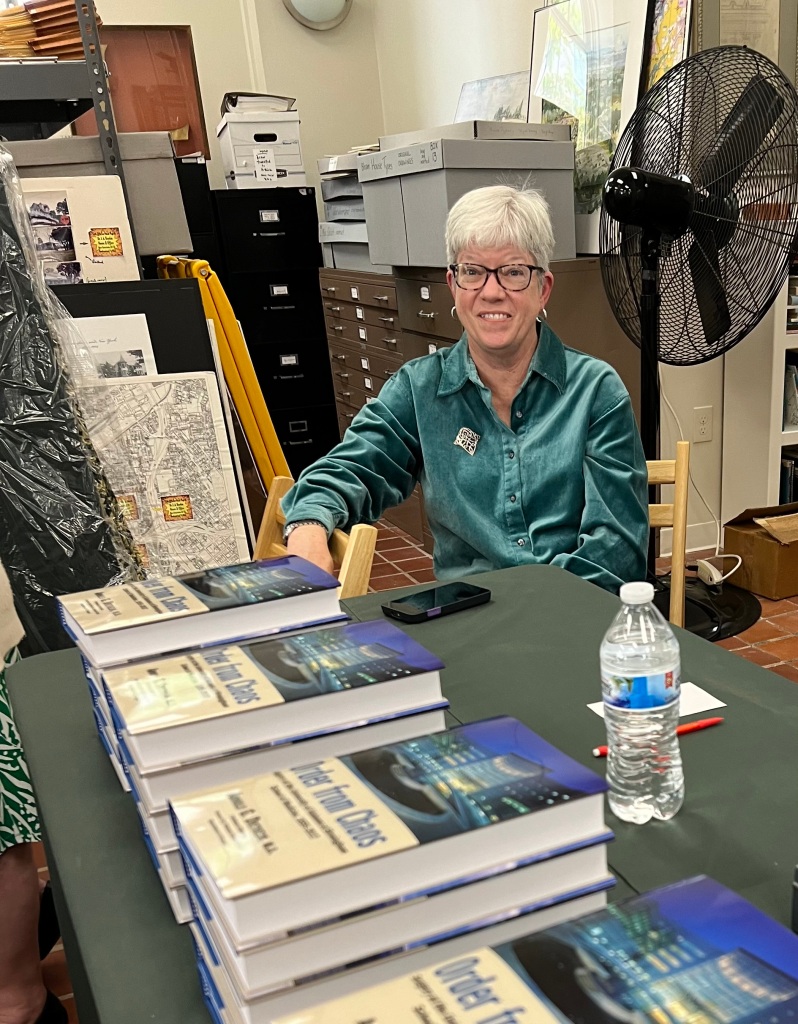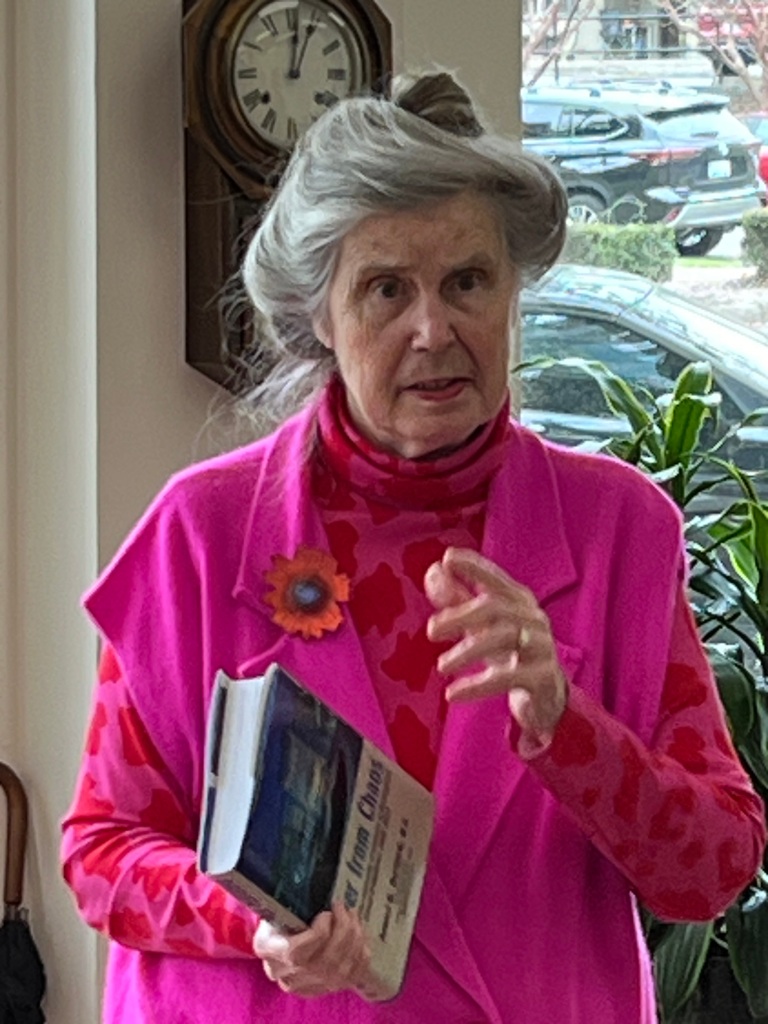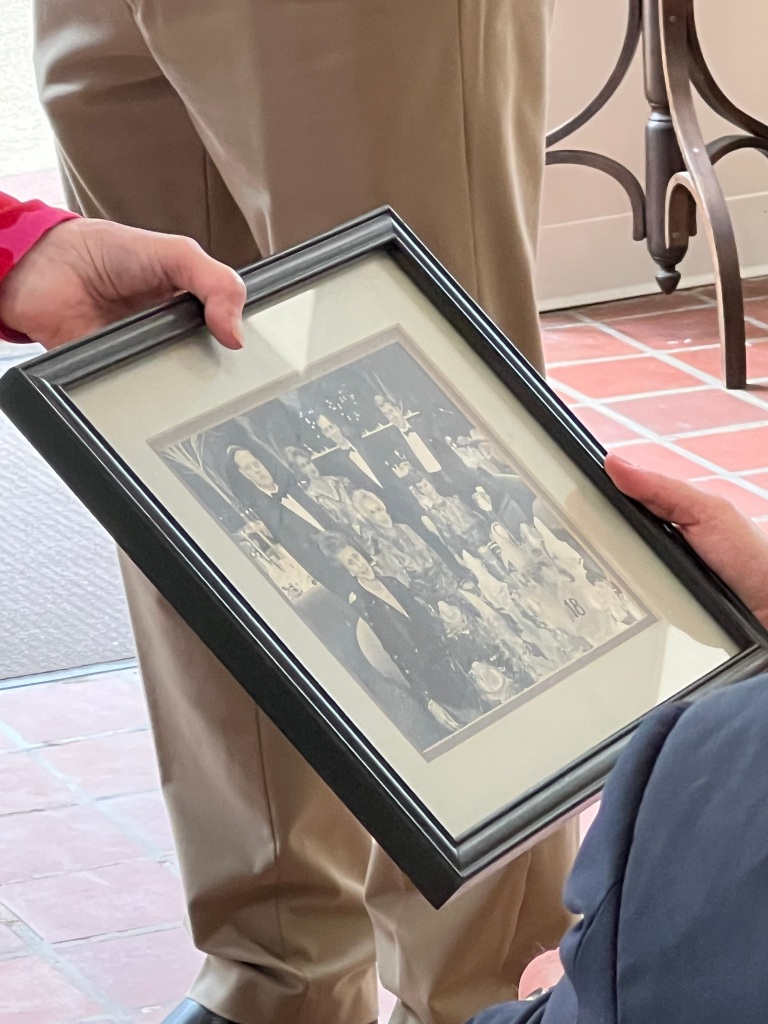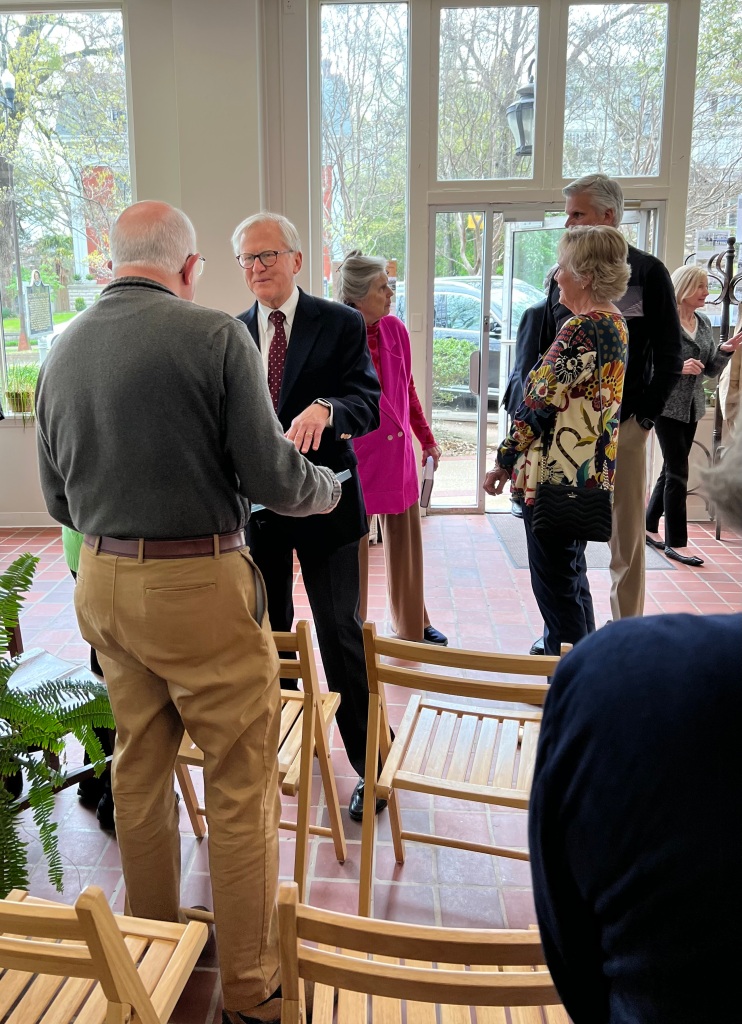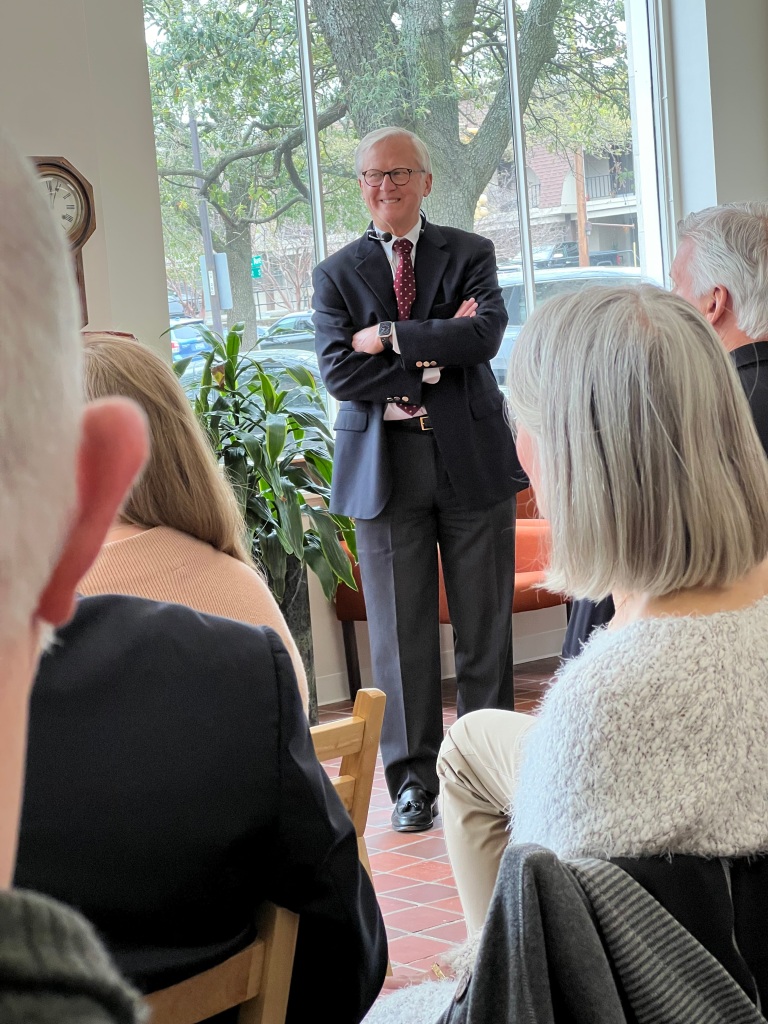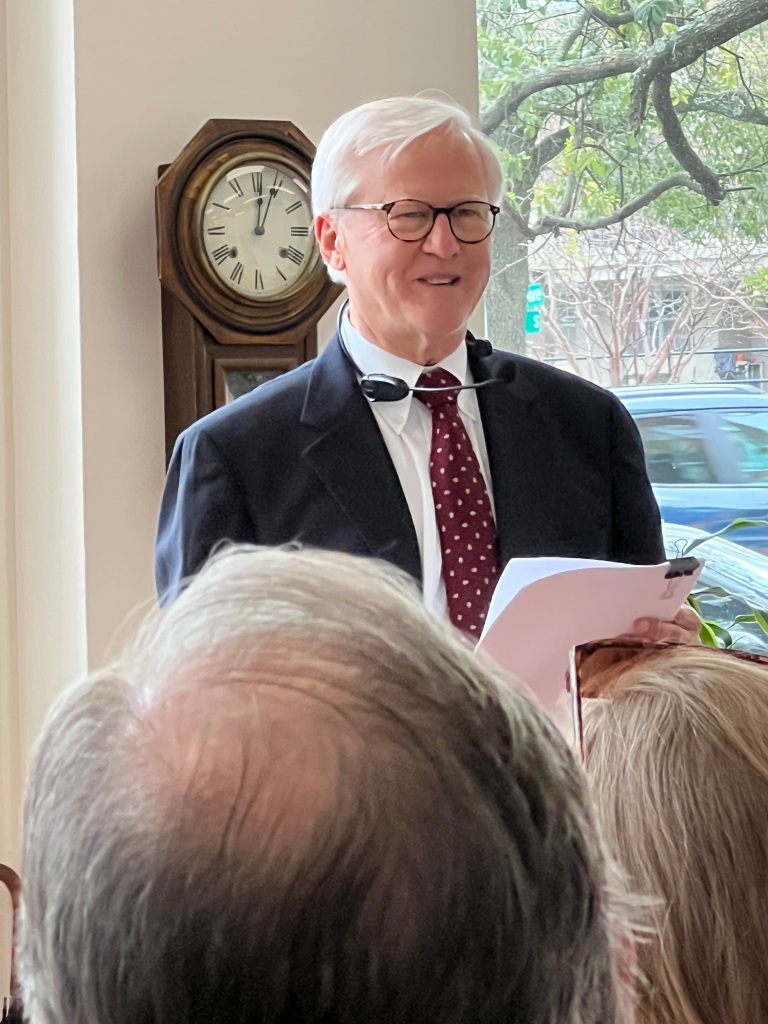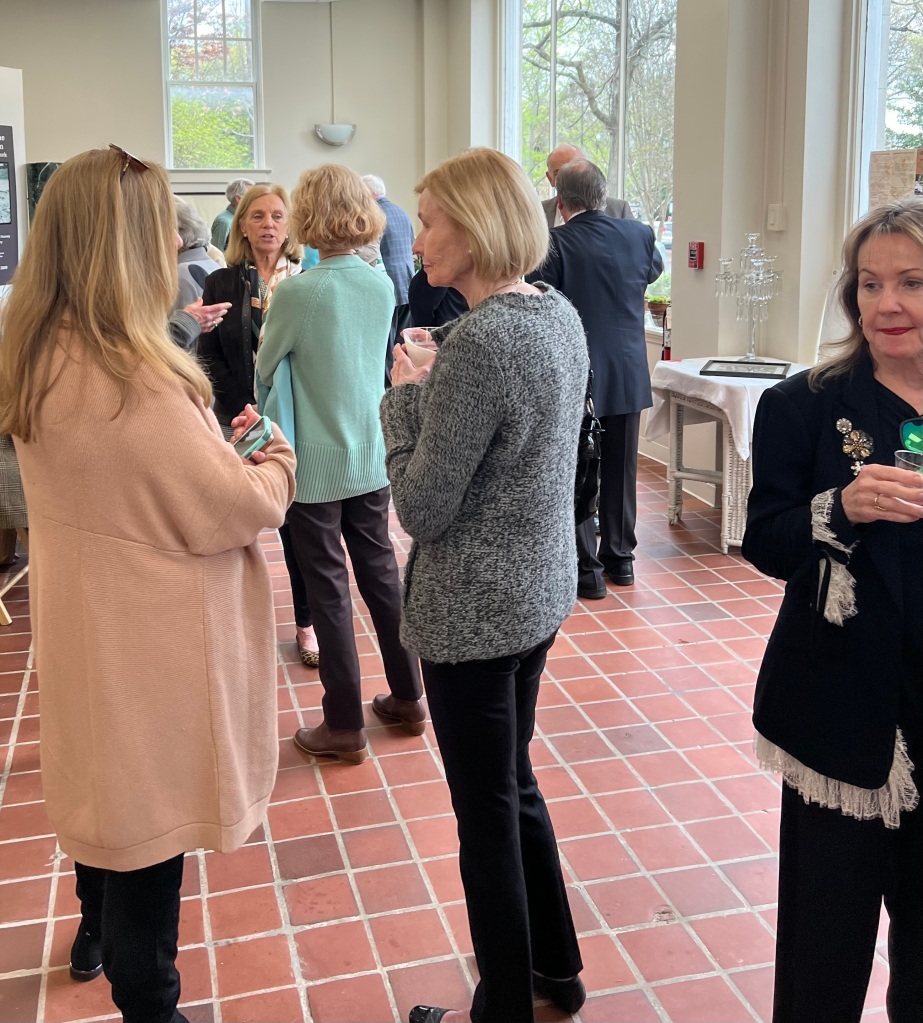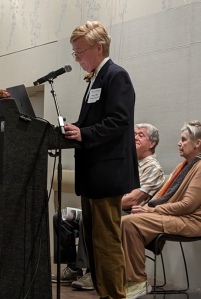Thanks to the efforts of conservation group Friends of Shades Mountain with support from the Birmingham Historical Society, Hale Springs is now part of the Bluff Park Preserve and is included in the City of Hoover’s Park Plan! This beautiful 18 acre property is the last open space on Shades Crest Mountain. However, it is currently for sale and in danger of development.
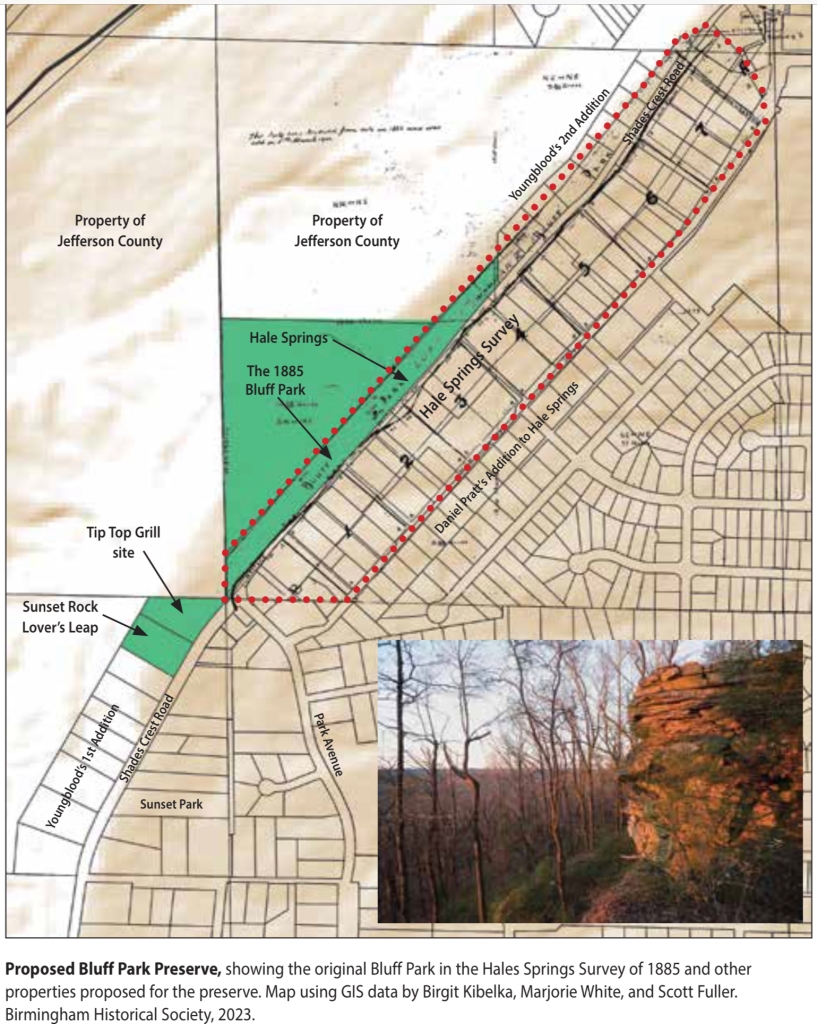
The next step is to include it in the Forever Wild Land Trust ensuring its permanent preservation for undeveloped public use. Friends of Shades Mountain have successfully nominated the property for consideration at a hearing on May 2nd at Jacksonville State University. Marjorie White, Director of the Birmingham Historical Society, has drafted the following document to make the case for its inclusion. Please consider attending the meeting or adding your support via a letter to the board members below of the Forever Wild Land Trust of Alabama or to the President of Friends of Shades Mountain.
Dr. James B. McClintock
Endowed Professor, Department of Biology
University of Alabama at Birmingham
Department of Biology
Campbell Hall 368
Birmingham, AL 35294
Mr. Jack Darnall
4007 Old Leeds Ridge
Birmingham, AL 35213
Mr. Jimmy Parnell
President, Alabama Farmers Federation
President and CEO, Alfa Insurance Companies
P.O.Box 11000
Montgomery, Alabama 36191
Dr. Brian R. Keener
The University of West Alabama
Dept. of Biological and Environmental Sciences
Station #7
Livingston, AL 35470
Friends of Shades Mountain
Larry Rodick, President
Friends of Shades Mountain
P. O. Box 59651
Birmingham, AL 35259
205-823-7367
friendsofshadesmountain@gmail.com
Not familiar with the Forever Wild Land Trust? This organization was established in 1992 and has secured more than 284,000 acres of land in Alabama for public use. The FWLT’s acquisitions have also created more than 363 miles of recreational trails within 23 new recreation areas and nature preserves, while providing additions to 9 State Parks and 20 Wildlife Management Areas. Forever Wild has helped acquire lands for conservation at Ruffner Mountain Nature Preserve, Tannehill State Historic Park, and the Cahaba River Park among others.
Q: How is land acquired by the Forever Wild Land Trust?
A: Individuals can nominate particular tracts of land for purchase; after a review process, the Forever Wild Land Trust Board of Trustees may then make an offer to buy that tract at the appraised fair market value. For each tract the Board acquires, 15% of the appraised value is also deposited into the program’s stewardship account to cover future land management needs. Payment is NOT funded by taxpayers but rather is generated by interest earned from offshore natural gas royalties deposited into the Alabama Trust Fund.

